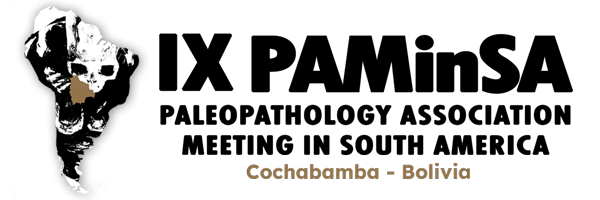Our Museums
Our Museums
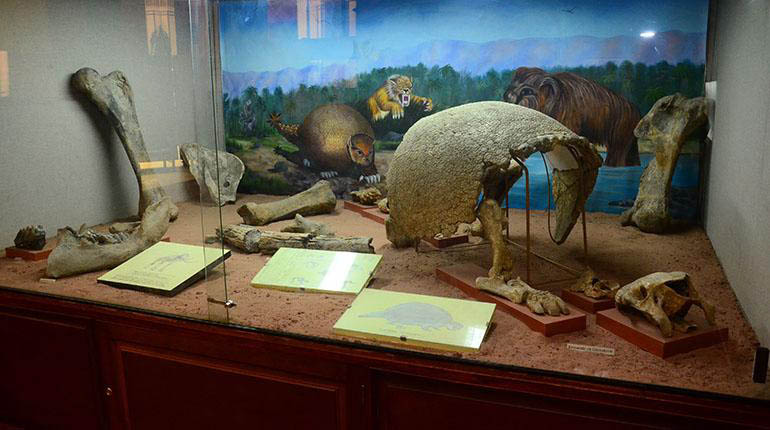
UMSS Archaeological Museum
The Archaeological Museum of the Universidad Mayor de San Simón (UMSS) currently has approximately 40,000 archaeological, ethnographic and paleontological pieces, classified and inventoried, mostly from the department of Cochabamba and other regions of Bolivia. It has a team of researchers that carries out studies, projects and programs in coordination with scientific and educational institutions inside and outside the country. It is located on Jordán street and Nataniel Aguirre corner.
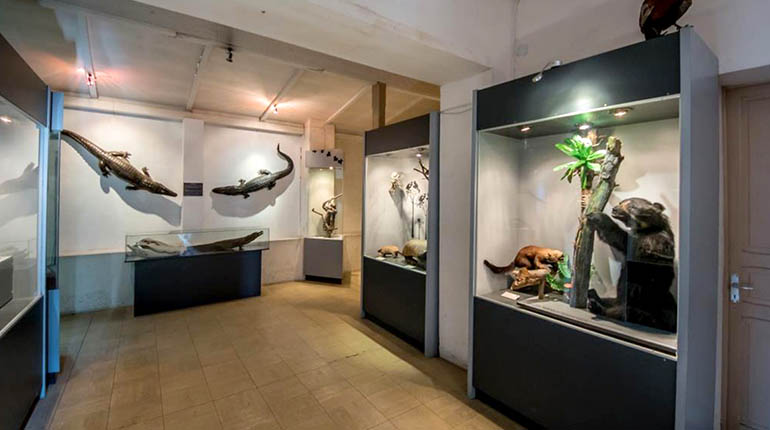
Alcide d’Orbigny Natural History Museum
The Alcide d’Orbigny Natural History Museum in the city of Cochabamba is not only a repository of fauna and flora, in fossil and current state, but also constitutes an encyclopedia of knowledge of Natural Sciences, in which you will be able to observe the main minerals and fossils.
It has more than 18,000 mineral and paleontological samples, around 200 holotypes and paratypes of Bolivian species. It preserves more than 3 thousand zoological and entomological specimens. Among them, an important collection of papilionáceas, collected by the French scholar L. Schwartz in different locations in America, with more than 2,300 specimens. It is located on Potosí street on the corner of América.

Francisco Viedma Medicine Museum
his museum describes the evolution of medical science through history. It exhibits more than a thousand pieces distributed in 10 environments: a world medicine room that shows images and medical instruments from the Egyptians period. Also, an X-ray equipment dating from 1950, a gallery of photographs of notable doctors in the area, an apothecary with objects from the first Cochabamba pharmacy from 1810, an ancient laboratory equipment, old surgical instruments and a thousand books on the History of Medicine are exhibited. It is located on Oquendo y Venezuela avenue.
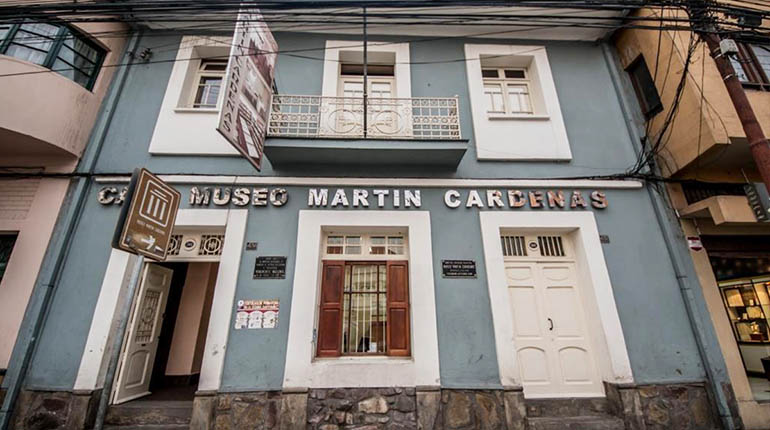
Martin Cardenas House Museum
It is a patrimony consecrated to the outstanding scientist and botanist from Cochabamba Martín Cárdenas. Among several of his internationally recognized studies and researches. It was declared a National Monument on July 31, 1973; personal objects, different publications that were preserved over time as historical relics are kept and exhibited. The center is located where Dr. Martín Cárdenas lived, who devoted a large part of his life to the study of botany in the region and throughout Bolivia. The museum house is a historical place that serves as a reference for Biology and Botany students. It is located on Heroínas avenue between Junín and Tumusla.
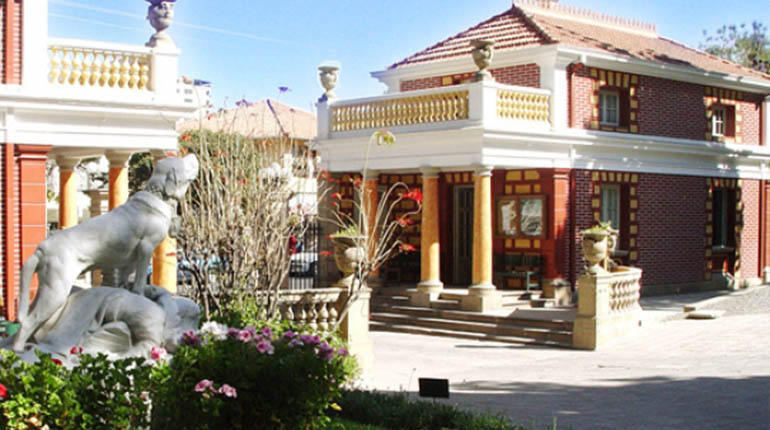
Simón I. Patiño Pedagogical and Cultural Center
The history of the Simón I. Patiño Pedagogical and Cultural Center is linked to its headquarters, the Portales Palace. This mansion was built by Simón Patiño, to be used as a family and rest home. The descendants donated to the Simón I. Patiño University Foundation for the formation of a space dedicated to education and art. The Center was founded on January 6, 1968 with the objective of contributing to better learning and support in the work of formal education and to promote artistic activities and expressions of different cultures, both Bolivian and foreign. It is located on Potosí street corner Portales.
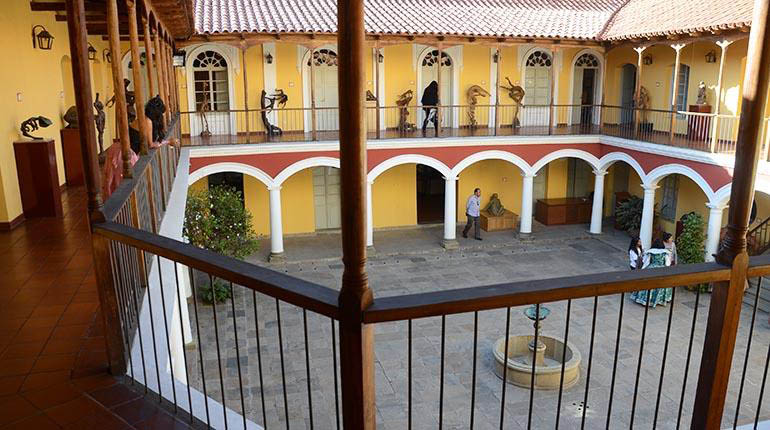
Casona Santiváñez Museum
It was declared a Historical Heritage of Cochabamba, for being a colonial-style architectural relic, dating from the 19th century. Elegance, its history and color characterize this infrastructure of great tourist value for Cochabamba.
It has exhibition halls such as old photography, an art gallery for traveling pictorial exhibitions, the main reception hall restored to its original form. Among its attractions you can see a blue living room set, white Louis XV style chairs and armchairs, among others. It is located on Santiváñez street between Junín and Ayacucho.
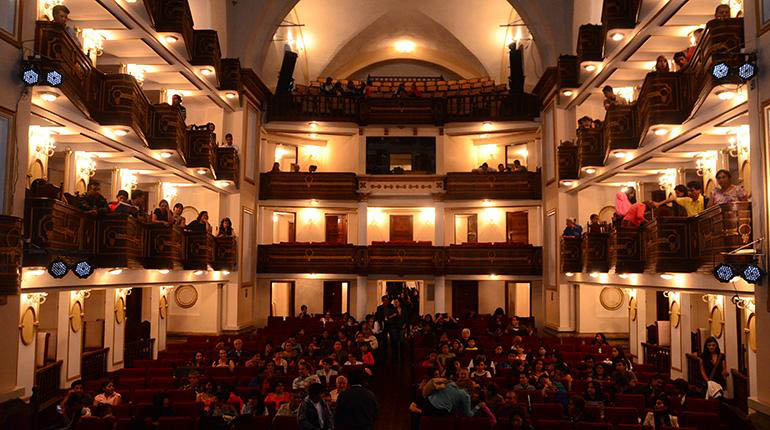
Acha Theater
This scenario, considered the most representative of the city of Cochabamba, has functioned as such since 1864 in the same place where the Convent of the Order of San Agustín previously operated. Thus, after several repairs, since the construction of the Convent of the Order of San Agustín, four centuries of history are witnessed in each of the environments of this cultural heritage; Hundreds of works, artists and thousands of spectators have left their traces in the corridors of this old convent, consecrated from the first stone to the cult of the spirit. It is located on Calle España between Bolívar and Heroínas.

Mayorazgo House
This house of more than 300 years is considered an invaluable heritage of the city, and belonged to one of the first inhabitants of the city, when Cochabamba was still called Villa de Oropesa. This is Garci Ruíz de Orellana, who entered the valleys of Cochabamba around the year 1538, when there were civil strife between the Spaniards.
Currently, it is a Lifestyle Museum, which shows, through its various spaces, what daily life was like in that historical period. In addition, it is the stage for presentations, artistic exhibitions and cultural diffusion. It is located on Simón López avenue at the corner of Melchor Pérez de Olguín.
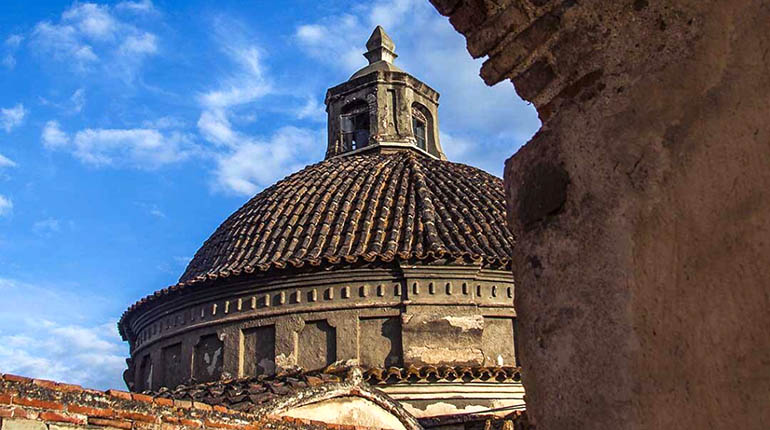
Santa Teresa Convent Museum
The convent of Santa Teresa, together with the church, constitutes one of the most representative architectural samples of Bolivia, so that, after a detailed and meticulous study by various teams of experts, the entire architectural complex was declared a National Monument. Among the main attractions that it presents in its environments is the chapter house, which presents a beautiful baroque-style altarpiece by the master of Arani; access to the high choir, which was formerly the place where candles were made, the dome of the current church that dates its construction from 1792. Located on Baptista street on the corner of Ecuador.
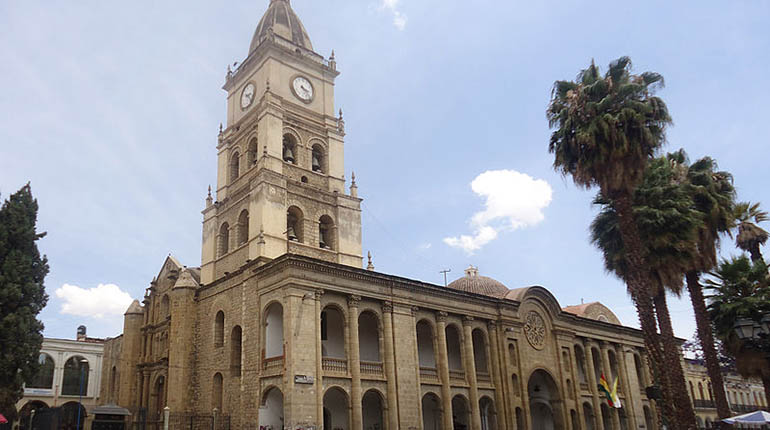
Metropolitan Cathedral
Declared a National Monument by Supreme Decree No. 8171 on December 7, 1967. The current cathedral of the city of Cochabamba, located in the Plaza de Armas, has been rebuilt twice. It has interesting proportions and the main façade, of good composition and harmonious proportion, and the bell tower, which has four bodies, with double arcades on the four lateral faces of the intermediate bodies, stand out as a whole, due to their recognized value. The tower is crowned with an elongated and slender neoclassical dome built at the beginning of the 20th century.

Town Hall of Sacaba
Located in the 6 de Agosto square in Sacaba, it was built at the beginning of the 20th century and is considered Departmental Heritage. The infrastructure has a contemporary republican style and presents two rectangular floors with wrought iron balconies. Inside the building, its central patio surrounded by galleries with columns and pointed arches stands out, as well as the Red Room where portraits of notable sack dwellers are exhibited.
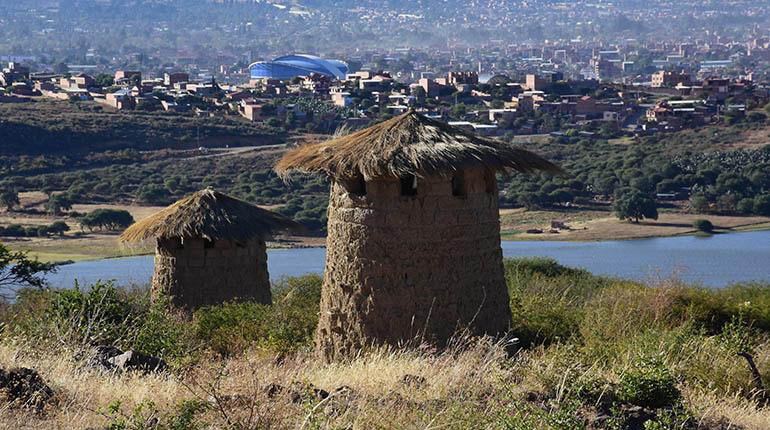
Qollqas of Quillacollo
The qollqas or silos of Cotapachi were built more than 500 years ago, between 1450 and 1530, when the Incas used the place as a storehouse for corn produced in what is now Quillacollo, Vinto and Sipe Sipe, in the lower valley of Cochabamba, until reaching the limit with the Tunari. At that time, around 40 species of this grain were cultivated. They occupy an area of approximately 61 hectares. They were built in orderly rows, numbering around 2,500 units in rows from north to south. They are located to the south of the municipality, around the Cotapachi lagoon.
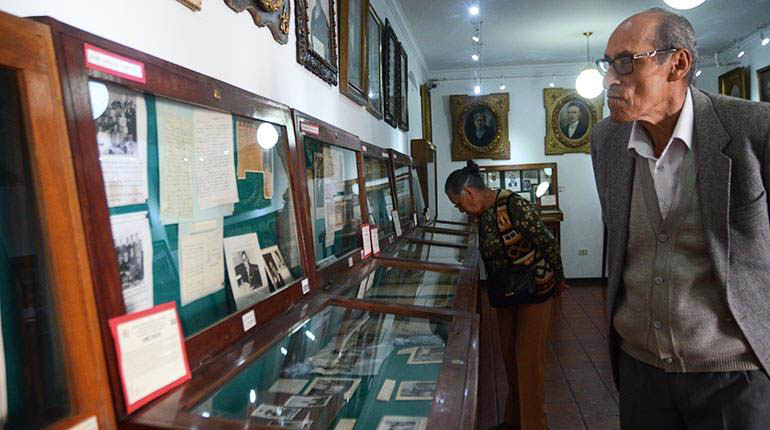
Colcapirhua Municipal Museum
This museum exhibits natural objects (including a variety of meteorites), paleontological remains (fossils), archaeological pieces (Tiahuanacotas, pre-Inca, Inca), textiles, colonial and contemporary works of art and objects such as radios, cameras, a jukebox, even a wooden propeller that was part of an airplane that was probably flown by the famous aviator and hero of the Chaco War Rafael Pabón. Located in the 15 de Abril square of the municipality.
